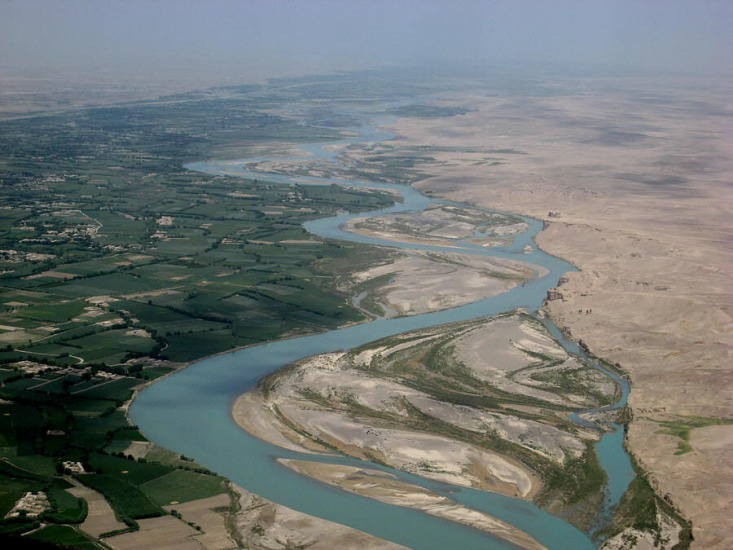Iran welcomes Afghan president’s remarks on Helmand water right

During the inauguration of Kamal Khan Dam on Wednesday, Ghani stressed the implementation of the Helmand Water Treaty but said Afghanistan would no longer give free water to anyone, so Iran should provide fuel to Afghans in exchange for water, Pajhwok Afghan News reported.
Flowing more water than what has been mentioned in the accord is based on something in return, he said. “Iran can get more water if it gives oil in return,” he added.
However, Khatibzadeh said on Wednesday that the Helmand River has defined a specific water right for Iran as per the treaty which was signed by the two sides in 1973, and the government of Afghanistan is committed to the water right.
Of course, Afghanistan pays attention to the issue of protecting Hamoun wetlands and the need to supply them with their water right, he stressed. “Drying up the Hamouns will lead to serious threats, including sand and dust storm for people in both countries.”
Masoud Tajrishi, deputy head of the Iranian Department of Environment (DOE), has said the construction of Kamal Khan Dam in Afghanistan has caused Hamoun wetlands to dry up and generate sand and dust hotspots.
The DOE has called on the Ministry of Foreign Affairs and the Ministry of Energy to pay serious attention to the environmental issues of wetlands in the talks with the neighboring country, as it affects Afghanistan, Pakistan, Iran, and the Persian Gulf littoral countries, so the dust problem is entirely a regional issue, he explained.
The Hamouns are transboundary wetlands on the Iran-Afghanistan border made up of three lakes: Hamoun-e Helmand, which is entirely in Iran, Hamoun-e Sabari on the border, and Hamoun-e Puzak, almost entirely inside Afghanistan. The three lakes are linked and fed by water from the Helmand River which starts in the Hindu Kush Mountains in Afghanistan.
Source: Tehran Times

